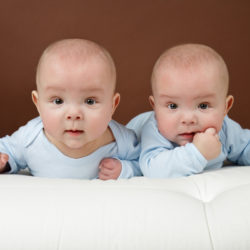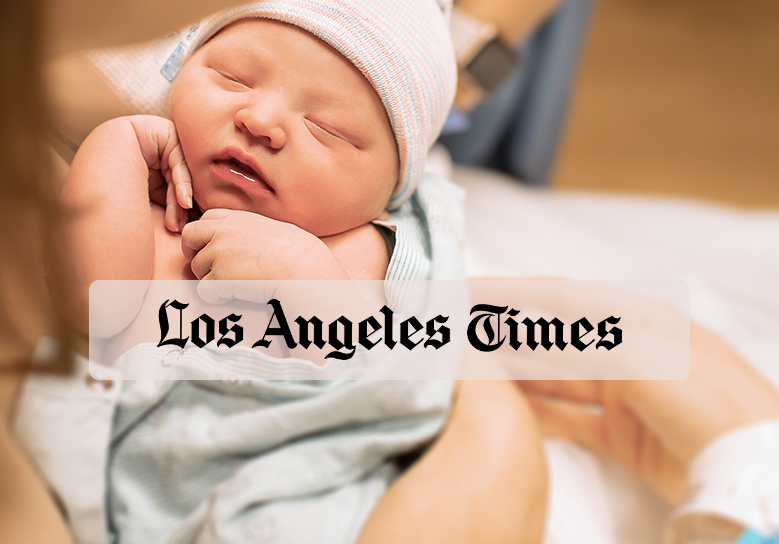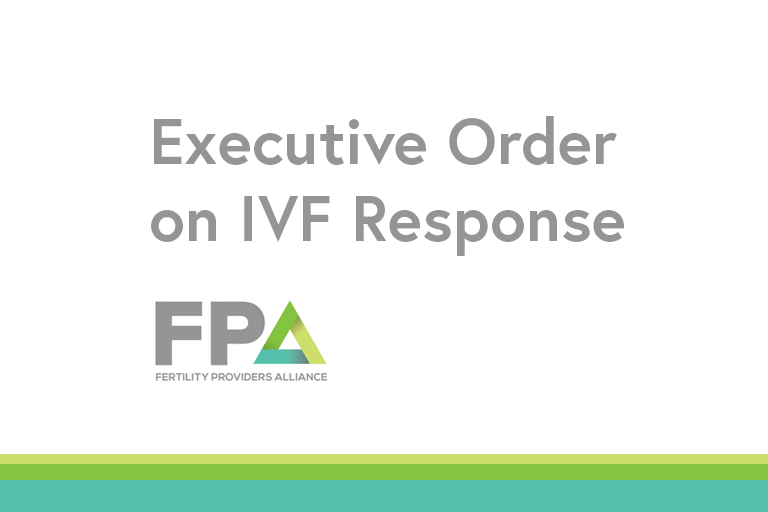Despite new CDC study showing rising twin births, Reproductive Science Center sees rate of moms opting for singleton births through IVF double in one year
 San Francisco Bay Area, Calif., March 13, 2012 — Brand-new statistics from one of California’s most experienced fertility clinics suggest that some new moms are bucking a national trend toward twin births.
San Francisco Bay Area, Calif., March 13, 2012 — Brand-new statistics from one of California’s most experienced fertility clinics suggest that some new moms are bucking a national trend toward twin births.
Just-released pregnancy rates for 2010 at Reproductive Science Center (RSC) show that the percentage of women deliberately choosing to have a single embryo transferred through in vitro fertilization (IVF) has doubled in one year and increased tenfold since 2005.
These numbers, part of an annual report published this month on IVF clinics nationwide by the Society of Assisted Reproductive Technology (SART), illustrate the success of fertility specialists in advancing success rates while reducing health risks for baby and mother.
“While twins are socially popular, they are also medically risky,” said Dr. Louis Weckstein, medical director of Reproductive Science Center. “Our ultimate goal for IVF patients is one healthy baby. Advancements in both technique and science have allowed for high success rates while using more conservative treatment options.”
Patients are increasingly heeding physician advice by opting for single embryo transfer during fertility treatment, meaning that after a woman’s eggs are fertilized in an IVF clinic’s laboratory, a fertility specialist selects only one for implantation in the mother’s uterus. Multiple births increase risks of complications such as pre-eclampsia, gestational diabetes, and preterm labor and delivery.
When compared to national SART data, the Reproductive Science Center in 2010 had double the national average for the percentage of women under age 35 opting for elective single embryo transfers. Younger women are generally high at risk for multiple births through fertility treatments.
A CDC study released in January reports that the twin birth rate in the United States rose 76 percent from 1980 to 2009.
[hoops name=”PR-contact”]







